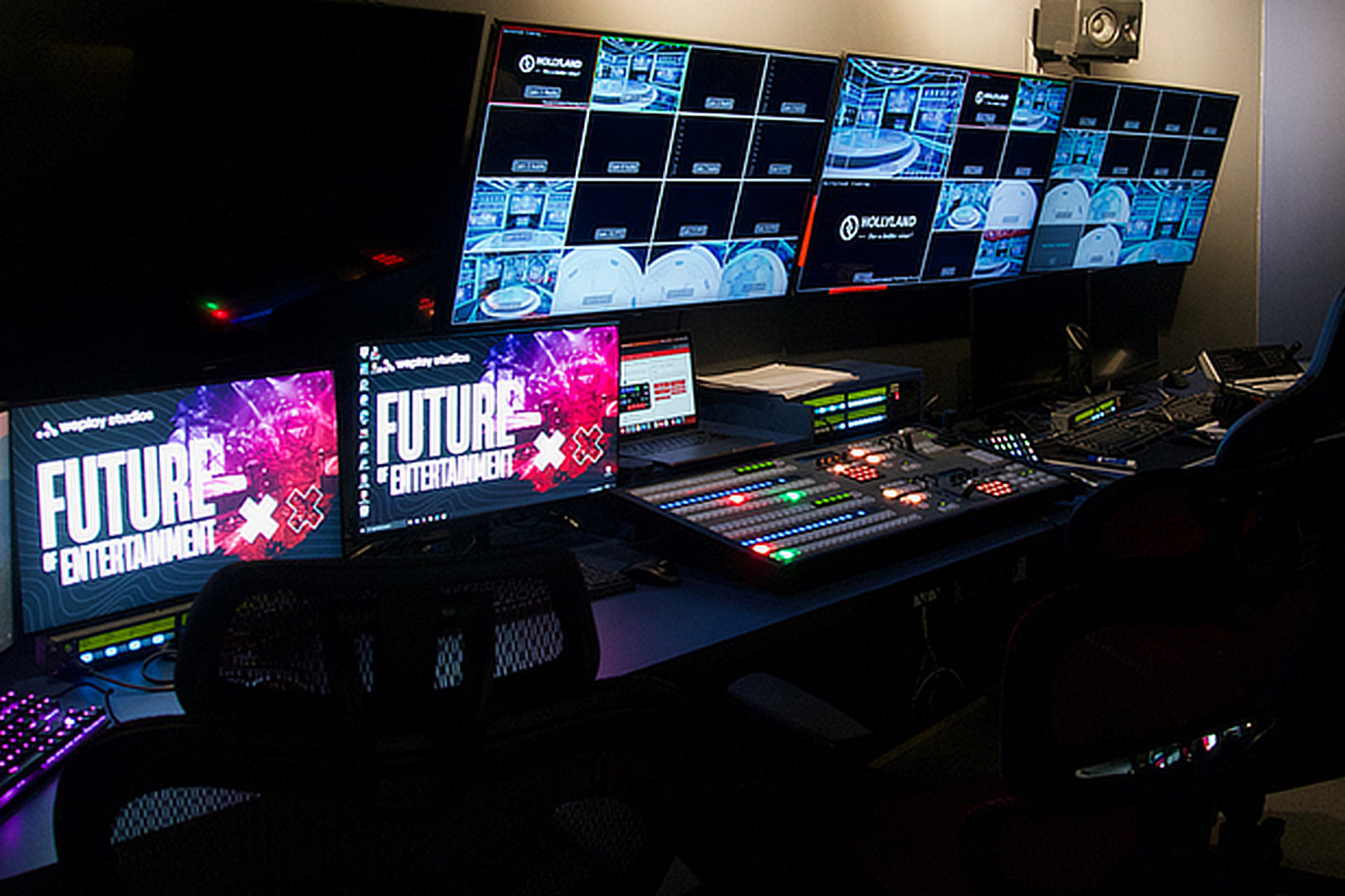In recent times, virtual reality has emerged as potent instrument for boosting viewer engagement in real-time productions. This technology allows audiences to immerse oneself in a three-dimensional environment, creating a unique encounter that traditional formats cannot duplicate. Through utilizing VR, creators can move audiences into the heart of the performance, causing them feel as if they are integral of the show. This groundbreaking method not just captivates viewers but also opens up new possibilities for narrative and engagement.
One of the primary advantages of employing VR in real-time performances is the ability to create a more engaging experience. Audiences can engage with the performance in real-time, shaping the result or exploring different perspectives. For instance, in a stage show, viewers wearing VR headsets can choose to follow specific characters or scenes, enabling them to customize their experience. This level of engagement cultivates a more profound bond between the viewers and the show, making it even unforgettable and impactful.
Moreover, VR technology can enhance the visual and sound elements of a live production. With high-quality visuals and audio engineering, producers can create stunning environments that draw audiences in. This engaging characteristic can raise the complete experience, making it more engaging and pleasurable. For example, a musical performance can be converted into a rich experience, where fans experience as if they are on in front with the artists. Such improvements not just draw bigger audiences but also encourage repeat attendance, as viewers seek to relive the thrill.

Alongside improving viewer involvement, VR can also offer insightful data for producers. By examining how audiences engage with the virtual environment, creators can gather data on audience preferences and actions. This data can guide upcoming performances, assisting to customize material to better satisfy the demands and desires of the audience. As a consequence, VR not just enriches the current encounter but also adds to the development of real-time productions as a whole.
As the technology progressing to advance, the potential for VR in live productions is vast. From theater and musical events to sports events and festivals, the possibilities are limitless. Through adopting this cutting-edge method, creators can revolutionize the way viewers engage with real-time performances. With this an increasing number of creators explore the integration of VR, it is likely that we will witness a change in how performances are designed and delivered, ultimately resulting to a more engaging and interactive prospect for real-time performances.
Comments on “Revolutionizing Audience Interaction Through Immersive Virtual Reality Experiences in Real-time Productions”